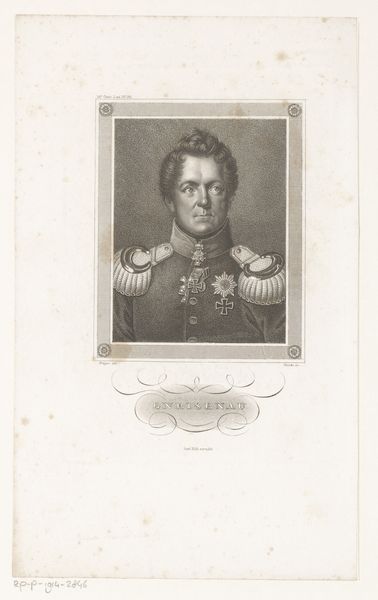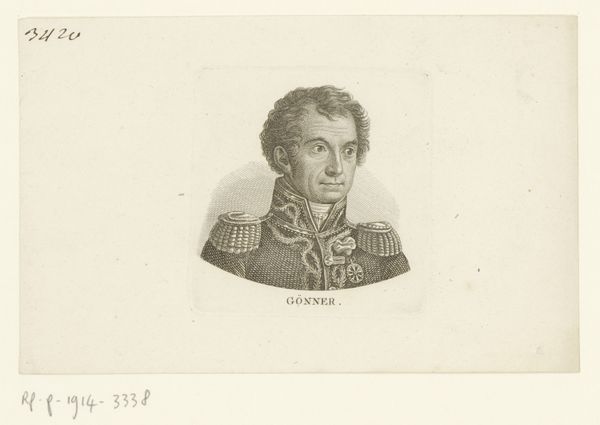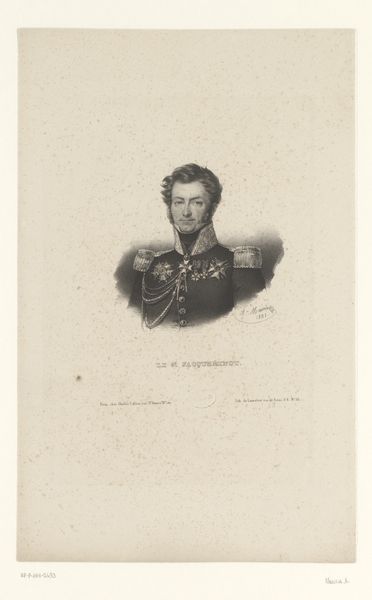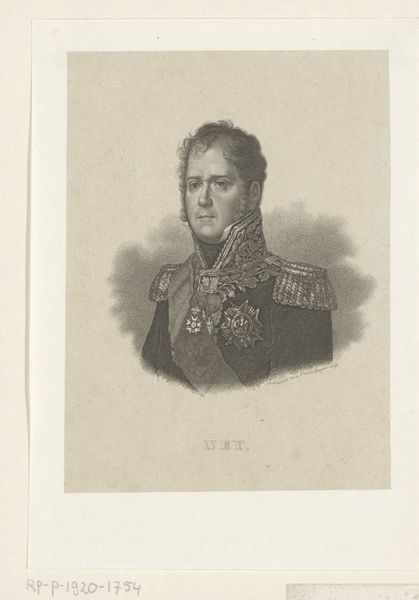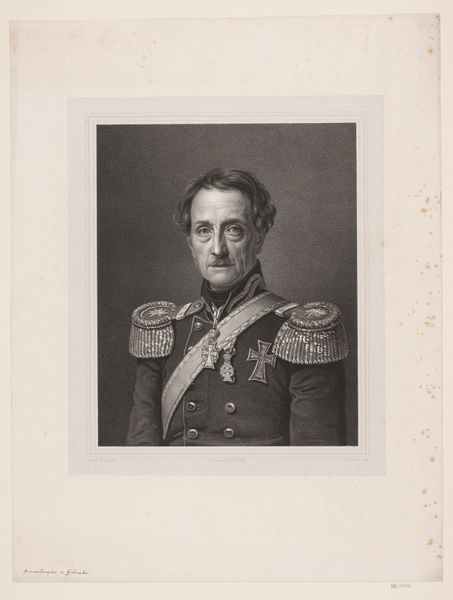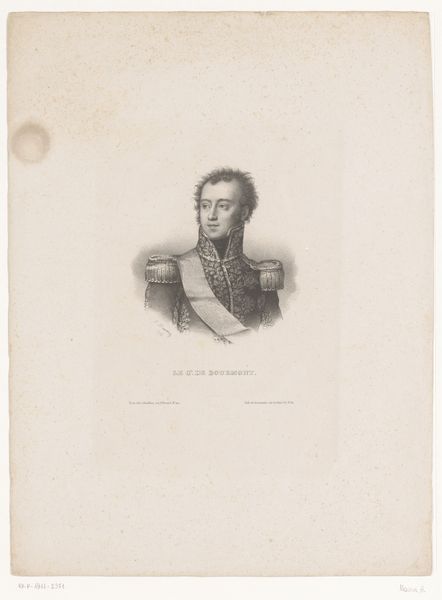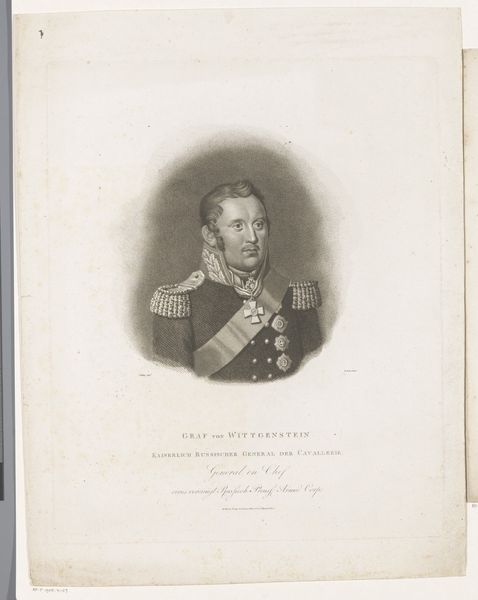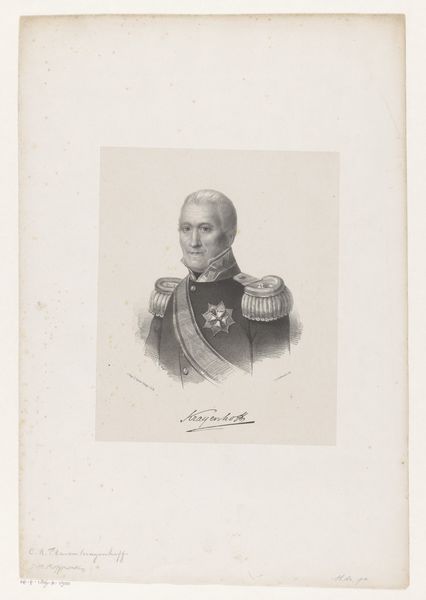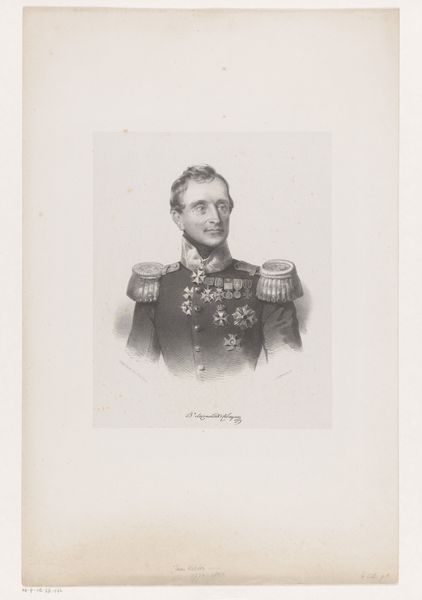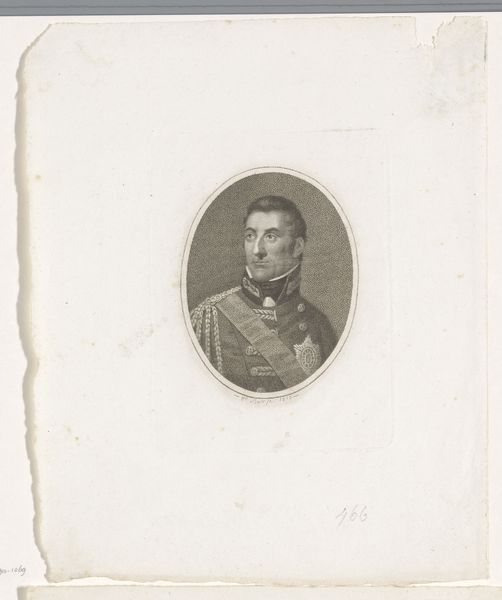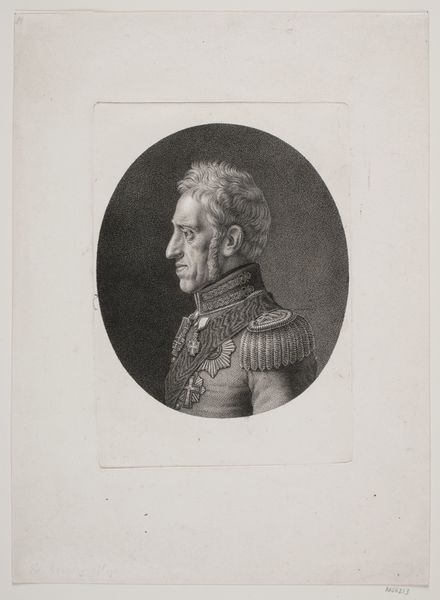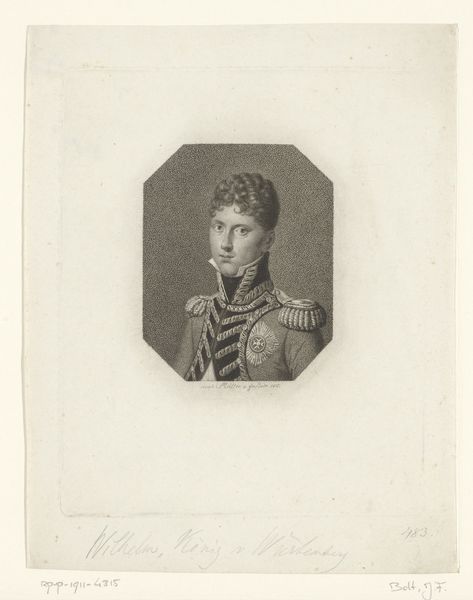
drawing, graphite
#
drawing
#
neoclacissism
#
graphite
#
history-painting
#
academic-art
Dimensions: height 487 mm, width 338 mm
Copyright: Rijks Museum: Open Domain
Editor: Here we have "Portretten van vier hoge Franse legerleiders," or "Portraits of four high-ranking French military leaders," a graphite drawing from 1823 by Auguste Toussaint Lecler. I'm struck by the rigid composition—the almost identical poses create a strong sense of formality. What do you see in this piece, viewed solely as an aesthetic object? Curator: Intriguing. The composition hinges upon a structural mirroring; four distinct portraits arranged to create a unified field. Note the limited tonal range, which constrains our reading to subtle modulations in line and form. Consider the way the graphite medium contributes. Its inherent dryness, almost brittle quality, enhances the severity of the subjects depicted. How does this inherent tension speak to the viewer, would you say? Editor: I think the lack of dynamic shading makes the men almost seem like cutouts, flattening the space and emphasizing the graphic quality. They seem powerful but static. How does the arrangement affect the meaning, divorced from its historical context? Curator: Precisely. Each portrait acts as a signifier within a larger, syntactical structure. Their uniform presentation suggests an equivalency, despite their individual identities. Think of them as formal units within a meticulously balanced system. It seems to propose an organizational, maybe even a theoretical structure beyond mere likeness. The very materiality and construction communicates an abstract concept about hierarchy, power, and maybe a certain detached rationality. What have we gained through this breakdown? Editor: I hadn't considered how the visual structures propose broader societal concepts of power and uniformity. Seeing the portraits as modular elements shifts my understanding considerably. Thanks. Curator: Indeed. Analyzing art's formal properties offers a direct route into understanding complex cultural messages divorced from their explicit subject.
Comments
No comments
Be the first to comment and join the conversation on the ultimate creative platform.
